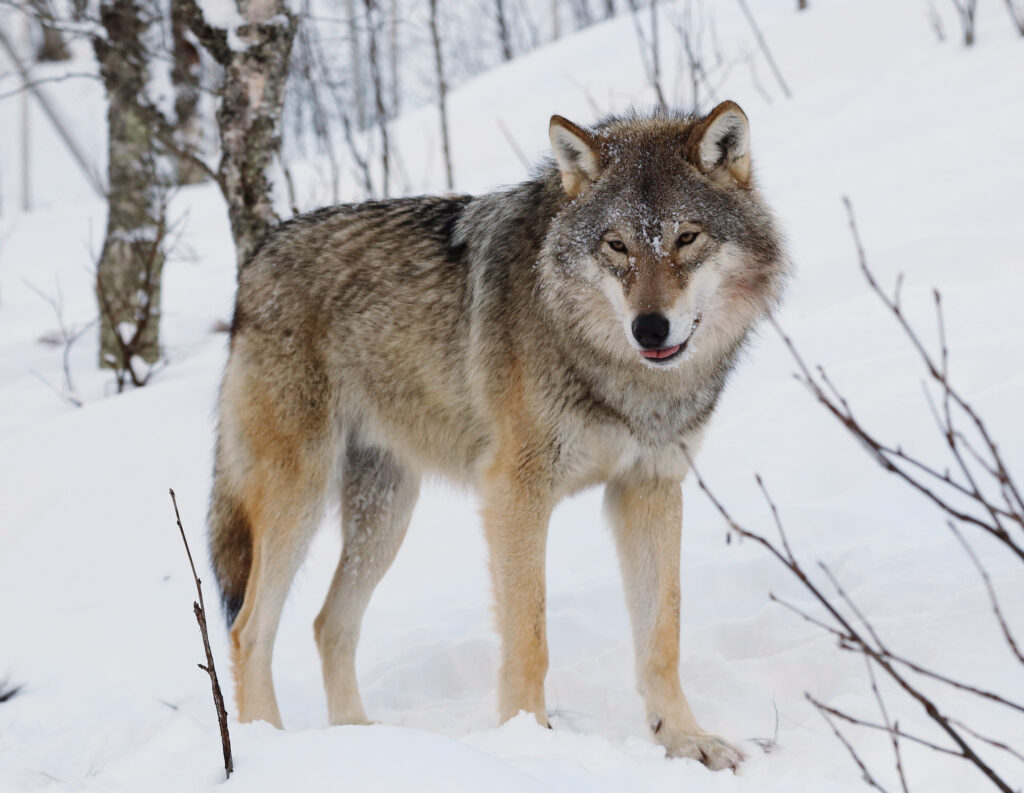State of the Wolf

Oregon released its latest report on the state of the wolf population in its borders. It’s looking good. You can read the whole PDF here.
The minimum known count of wolves in Oregon at the end of 2024 was 204 wolves, up from 178 last year, according to the Oregon Wolf Conservation and Management annual report released today. The population also hit an important threshold with seven breeding pairs documented in the West Zone (west of Hwys 97-20-395).
This annual count is based on verified wolf evidence (like visual observations, tracks, and remote camera photographs). The number represents the minimum number of wolves in Oregon, as not all individuals present in the state can be located during the winter count.
A total of 25 packs were documented (up from 22 last year), and 17 of those packs met the criteria as breeding pairs, with another 18 groups of two or three wolves also identified.
Wolves continued to expand westward in Oregon with new packs and breeding pairs in the West Zone, which is still in Phase 1 of wolf management. Under the Wolf Plan, ODFW must document four breeding pairs for three consecutive years to move to Phase 2 and seven breeding pairs for three consecutive years to move to Phase 3. Phases 2 and 3 offer more flexibility for responding to livestock depredation under the State’s Wolf Plan once wolves are delisted. (Currently, wolves west of Hwys 395-78-95 remain listed as federally endangered and federal, not state, regulations are in effect.)
With seven breeding pairs documented in the West Zone in 2024, Phases 2 or 3 could be reached as early as 2027. But for a poaching incident in 2023 that reduced the number of breeding pairs that year, the West Zone would have moved to Phase 2 this year.
Seven wolf deaths are under investigation by law enforcement (Oregon State Police or U.S. Fish and Wildlife Service). Wolf poaching continues to be a major concern for ODFW, U.S. Fish and Wildlife Service and law enforcement as well as a focus for the Fish and Wildlife Commission.
A total of 26 wolf mortalities were documented during the year in the East Zone, including 22 that were human-caused. One dispersing wolf was killed in a motor vehicle collision on I-84. A total of 11 wolves were lawfully removed under ODFW authorizations to resolve chronic livestock depredation. Another three wolves were killed by livestock producers when they were “caught in the act” of chasing or attacking livestock.
I would like to see the killing of wolves end around livestock too because it’s just wolves acting like wolves. But two points here. First, the politics of wolves make this almost impossible. Second, the fact that the overall numbers keep rising is really important, largely because the growing extremism at both the federal level and in the core wolf states of Idaho, Montana, and Wyoming mean that their reestablishment in Oregon and Washington, with some extension now into California, allows for continued populations even if there’s another war on the species. It’s a big conservation success story. The ranchers hate it of course, but then ranchers hate everything.


